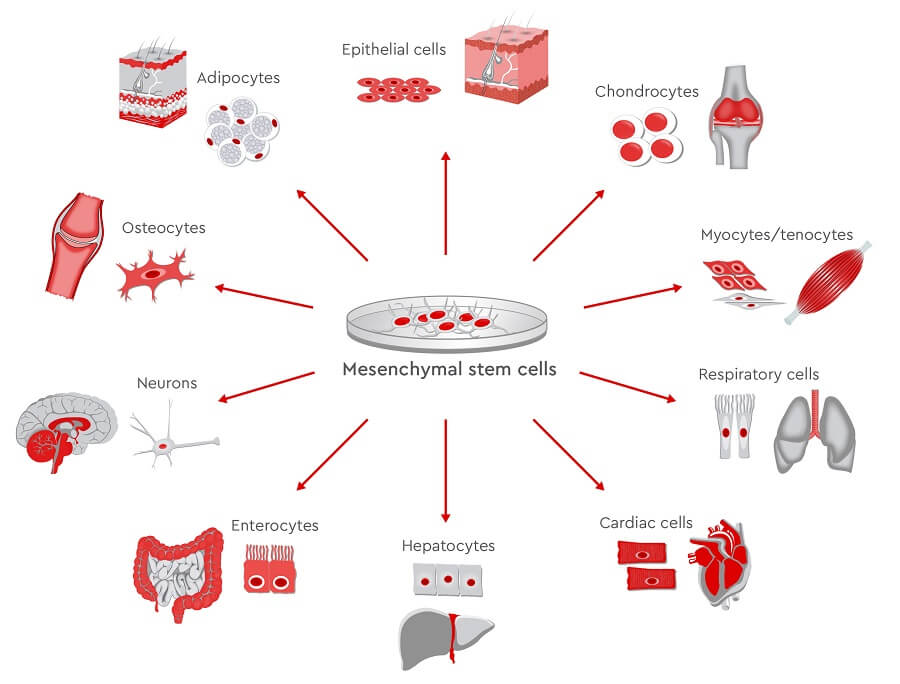

The stems are able to rise up a support by clinging to it with the help of curved thorns (e.g., Bougainvillea), floral stalk hooks (e.g., Artabotrys), leaflet hooks (Doxantha unguiscati), spines (e.g., climbing Asparagus) or pickles (e.g., climbing Rose), Tendrils may be modified stems (e.g., Passiflora), floral buds (e.g., Antigonon), leaf (Lathyrus aphaca) or leaf part (e.g., Gloriosa, Pea, Clematis, and Smilax). Tendrils are green thread like sensitive structures which can coil around a support and help the weak-stemmed shoots to climb up. The stem clings to the support by adventitious roots, e.g., Ivy, Betel Tecoma. It requires the help of certain clasping or clinging structures. The stem is weak and flexible but is unable to coil around an upright support by itself. 5.29 A) and dextrorse (clockwise, upper coil disappears at observer’s left, e.g., Lablab, Fig. Depending upon the direction of coiling, twiners can be indifferent, sinistrorse (anticlockwise, upper coil disappears at observer’s right, e.g., Convolvulus, Fig. It can coil around an upright support like a rope (e.g., Lablab, Ipomoea, and Convolvulus). The stem is long, flexible and sensitive. They are of two kinds, twiners and climbers. They cannot stand erect and therefore, require a support. Un-branched erect stem is otherwise called caudex or columnar while the branched ones are either ex-current or deliquescent. Erect stems with swollen nodes or jointed stems are called culms (e.g., Bamboo). The stems are sufficiently strong to remain erect or upright without any external support, e.g., Maize, Wheat, and Mango. They are the commonest type of aerial stems. (iii) A reduced non-green stem is also found in underground structures called bulbs, e.g., Onion, Garlic, Lily. (ii) In some aquatic plants (Lemna, Spirodela, Wolffia) the reduced discoid stem is green and flattened to float on the surface of water. Leaves are crowded together on these stems. (i) A reduced green discoid stem occurs in the vegetative phase above the base of root in Radish, Carrot, Turnip, etc. A leafless shoot bearing flowers is called scape, e.g., onion, aroids, banana. In a few monocots with underground stems, aerial shoots develop only for bearing flowers. It has hollow internodes and solid prominent nodes. The un-branched erect, stout cylindrical stem having scars and remnants of fallen leaves is called caudex. Erect upright aerial stem may be branched or un-branched. Stem may be aerial, sub-aerial or underground. The axis is multipodial, e.g., Euphorbia helioscopia, E. 5.27 B):Īfter stoppage of growth by a terminal bud, growth is continued by a whorl of three or more axillary branches. Karonda), Mirabilis jalapa (Four O’ Clock). The axis is multipodial, e.g., Viscum (Mistletoe), Silene, Carissa carandas (vern. Dichotomous branching is rare in angiosperms, e.g., Asclepia syriaca, Pandanus (Screw pine), Hyphaene (a palm).Īfter the stoppage of growth or modification of the terminal bud, further growth is continued by two axillary branches. 5.25 A) the growing point gets divided into two in the region of branching, e.g., Dictyota (an alga), Marchantia (a bryophyte).

Dichotomous branching is quite rare in angiosperms. Branching of the stem is of two types, dichotomous and lateral.

Un-branched stem is called caudex or columnar, e.g., Palm, Sugarcane, Maize. (xi) Stems are usually positively phototropic, negatively geotropic and negatively hydrotropic. (x) Hair, if present, are commonly multicellular. (ix) Stem exposes leaves, flowers and fruits to their most suitable position in the aerial environment for optimum function, (viii) Leaves and stem branches develop exogenously. (vii) In the mature state it bears flowers and fruits, (vi) The young stem is green and capable of performing photosynthesis, The cut in interest rates has done nothing to stem the flow of job losses.(v) The stem nodes possess dissimilar appendages called leaves, The authorities seem powerless to stem the rising tide of violence. There is one definition on TFD that sort of fits but it would have to be an abbreviated version of it.ĬOMMON If you stem the tide or stem the flow of something bad which is happening to a large degree, you start to control and stop it. My fear of the water stems from the time my brother nearly drowned me when we were playing in our cousin's pool as kids.īut this usage is different. To come, result, or develop from something else. I know that "stem from" means Originate from:(TFD source below) "Their zeal is admirable, but their ideas impractical for a society that must maintain secrecy and organization to stem its own genocide from coming about." So, I'm playing this video game and I came across this sentence that uses "stem from" in an alien way to me.


 0 kommentar(er)
0 kommentar(er)
